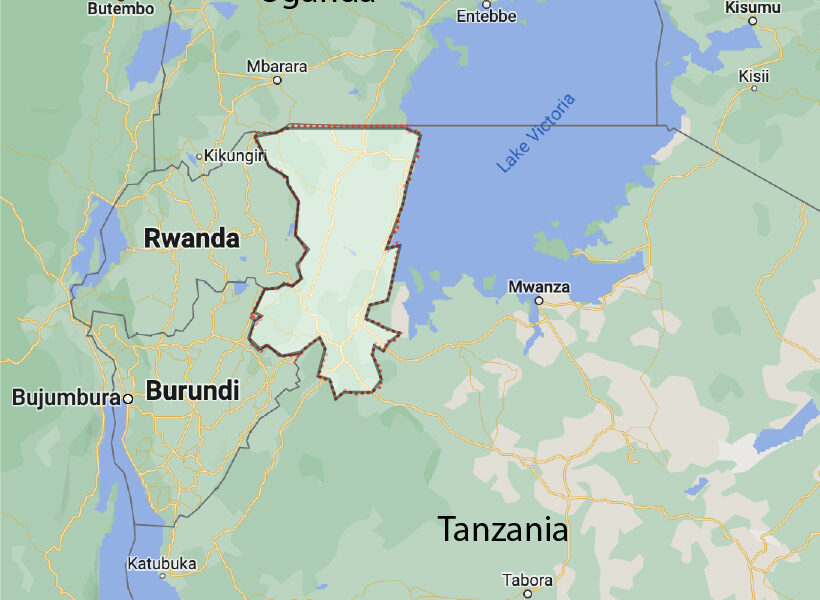STAT News Africa is grappling with not one, but two outbreaks of Marburg fever, a disease that causes symptoms and a death rate comparable to Ebola, its viral cousin.
Health officials in Tanzania announced Tuesday that they had confirmed the country’s first-ever Marburg outbreak, involving at least eight people so far, five of whom have died. One of the people who died is a health care worker.
Across the continent, Equatorial Guinea has been combating its first-ever Marburg outbreak for several weeks now, though in an unusual turn of events for a viral hemorrhagic fever outbreak, scant information has been shared with the international community. The last update from the World Health Organization on that outbreak was issued nearly a month ago, on Feb. 25. Tanzanian Health Minister Ummy Mwalimu announced that the country’s national public health laboratory had confirmed that Marburg was the cause of an outbreak that was first reported last week. Five members of a single family are among the cases. At least 161 people who have been in contact with the cases have been identified and are being monitored. “We are working with the government to rapidly scale up control measures to halt the spread of the virus and end the outbreak as soon as possible,” Matshidiso Moeti, the WHO’s regional director for Africa, said in a statement.
Moeti noted that while Tanzania has not previously battled Marburg, it has coped with a number of health emergencies in recent years, including Covid-19, cholera, and dengue fever.
“The lessons learnt, and progress made during other recent outbreaks should stand the country in good stead as it confronts this latest challenge,” she said.
But viral hemorrhagic fever outbreaks pose significant and unique challenges, because of their death rates, which are generally in the high double digits. These diseases spark panic in the communities in which they spread at the very time when community cooperation is essential to stop transmission.
Historically Marburg outbreaks have been smaller than Ebola outbreaks; there have been none that involved thousands of cases, like the Ebola outbreaks in West Africa (2014-2016) or in the Democratic Republic of the Congo (2018-2020). But in 2004-2005, 252 people were infected in an outbreak in Angola, with 227 or 90% of them dying.
There are no licensed vaccines to protect against Marburg and no approved drugs. A WHO-led meeting in mid-February convened to explore whether there were supplies of experimental vaccines or drugs that could be tested in the Equatorial Guinea outbreak found there are few doses available to test.
The outbreak in Equatorial Guinea dates back to at least early January; by late February, nine cases — one confirmed, four probable and four suspected — had been identified. It is not unusual to see probable and suspected cases in a viral hemorrhagic fever outbreak, especially in the early days. People die and are buried without a diagnosis. Even after authorities realize what they are dealing with and testing protocols are established, some families hide their dead so as to be able to perform burial rituals which, while important culturally, serve to spread the virus further.
It is believed additional cases have been identified in Equatorial Guinea, but the country’s leadership has been unwilling to disclose the information.
